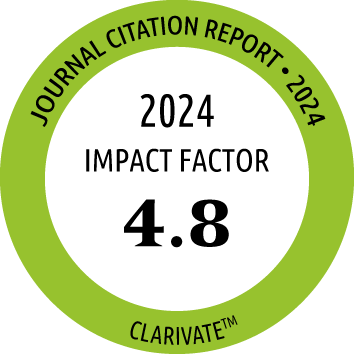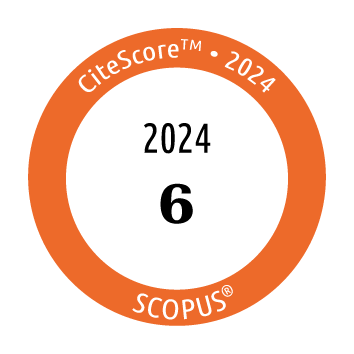Return to content in this issue
Regular Allergen Exposure During Oral Immunotherapy Alters the Transcriptomic Innate Immune Response After Cellular Restimulation in Children With Egg Allergy
Hinkkanen VI1, Savinko T2, Palosuo K2, Alenius H1,3, Mäkelä MJ2, Karisola P1
1Human Microbiome (HUMI) Research Program, Medical Faculty, University of Helsinki, Helsinki, Finland
2Department of Allergology, University of Helsinki and Helsinki University Hospital, Helsinki, Finland
3Institute of Environmental Medicine (IMM), Karolinska Institutet, Stockholm, Sweden
J Investig Allergol Clin Immunol 2026; Vol. 36(2)
doi: 10.18176/jiaci.1079
Background: Oral immunotherapy (OIT) is a promising treatment for food allergies. However, the molecular mechanisms leading to desensitization remain unknown.
Objective: To better understand the immunological mechanisms and transcriptional changes underlying desensitization to food allergens during OIT.
Methods: Our cohort consisted of 40 Finnish children with egg allergy who underwent OIT. Peripheral blood mononuclear cells (PBMCs) were collected at 0, 3, and 8 months of therapy and stimulated with an egg allergen extract. Differentially expressed genes (DEGs) were identified based on quantile-normalized and batch-corrected microarray data using a linear model. Gene enrichment and Pearson correlation analyses were conducted.
Results: After 8 months of therapy, 45% of patients were fully desensitized and 55% partially desensitized. Stimulation with egg yielded 49 DEGs at 0 months, 723 DEGs at 3 months, and 759 DEGs at 8 months in PBMCs after comparison with unstimulated controls. At 8 months of OIT, allergen stimulation led to down regulation of proinflammatory pathways, as well as IL-4 and IL-13 signaling. At baseline, the immune response in the fully desensitized group was more reactive than in the partially desensitized group.
Conclusions: During OIT, general immune activity is increased, especially the number of down-regulated genes, suggesting active immune suppression. Transcriptomic profiles differ between fully and partially desensitized patients, with a notably more reactive immune response in the fully desensitized group at baseline. Innate immunity seems to play a significant role in the development of desensitization during OIT.
Key words: Food allergy, Oral immunotherapy, Microarray, Desensitization, Inflammation
| Title | Type | Size | |
|---|---|---|---|
 |
doi10.18176_jiaci.1079_supplemental-materials-figure.pdf | 1.40 Mb | |
 |
doi10.18176_jiaci.1079_supplemental-materials-table_1.pdf | 5.50 Mb |




